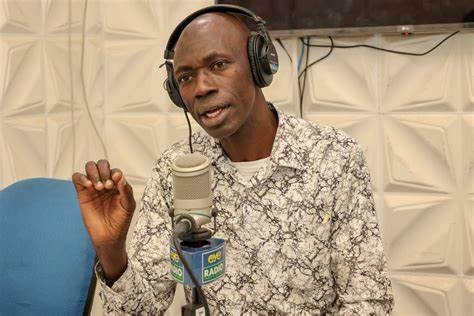
Edmond Nyakani, Executive Director of CEPO, has made a passionate appeal to South Sudan’s top leadership to urgently rehabilitate a deteriorating two-kilometre stretch of Maram Road that connects Freedom Bridge to the Central Bank Tarmac Road.
“This is the first road that regional drivers encounter when entering Juba,” Nyakani said. “It should reflect the dignity of our capital, not its neglect.”
The route, though short, bears the weight of the nation’s trade. It channels heavy trucks transporting goods into Juba daily, many of which were rerouted from the old bridge to the new Freedom Bridge.
With no backlights and rough nighttime operations, the trucks pose risks to residents in nearby neighborhoods already grappling with noise, dust, and unsafe road conditions.
Yakani called on Vice Presidents heading the Infrastructure and Economic Clusters, the Minister of Roads and Bridges, and other relevant ministries to act swiftly, proposing that the road be fixed, ideally before Independence Day.
“This road isn’t just about trucks,” he said. “It’s about our economy, our safety, and our image.”
Yet, the plea echoes familiar frustration. A similar call to maintain the vital Juba-Nimule highway—a national artery for trade and regional integration—has gone unanswered for years, despite its immense economic importance.
As South Sudan prepares to mark another year of independence, the broken roads leading into its capital symbolize promises unfulfilled, and a future still stuck in the mud.

